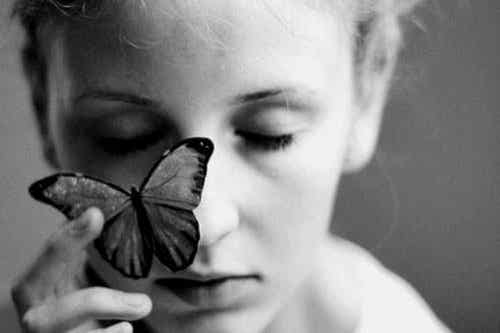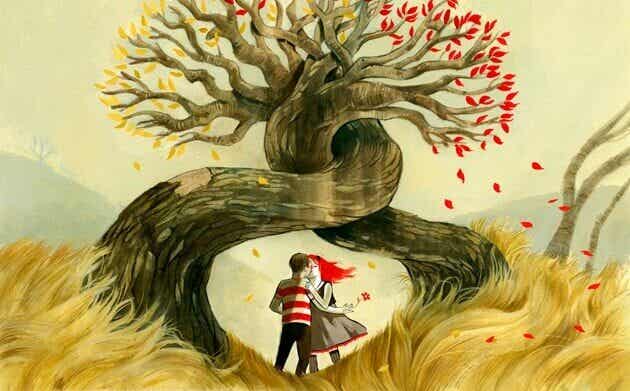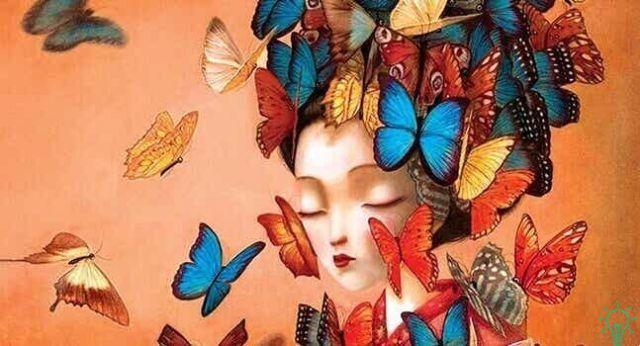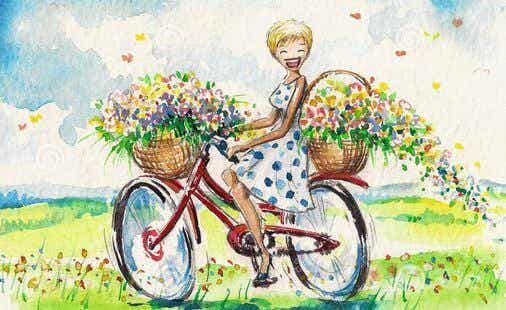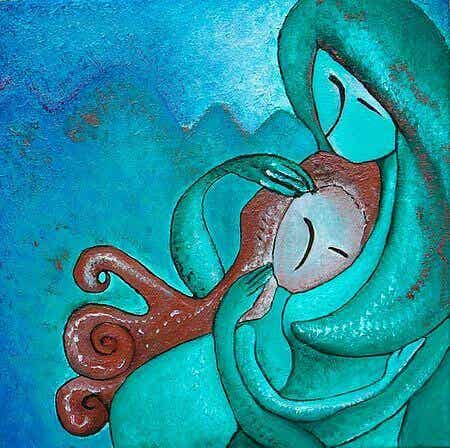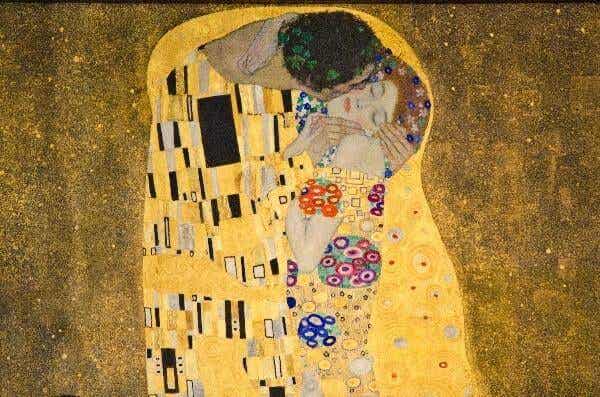
Last update: 07 March, 2015
THElove. A simple word that hides a feeling so complex, overflowing and exciting at the same time. It is a pity that none of us have an instruction manual for love: we are suddenly thrown into the middle of this wild garden called life and we have to cross it without the adequate knowledge, full of fears and doubts, but with a sufficient desire to make us desire to learn, experience, love and even suffer.
It is interesting to note that this activity, that of loving, begins with more hopes and expectations than any other, even if very often it is doomed to failure. Given our being rational, we should learn from our experiences and be able to recognize mistakes, worry about changing something in order to improve, to be able to overcome failure and understand a little better what that feeling called means and what brings with it. "Love" to which we always associate so many errors.
Love is an activity, not a passive act or a sudden surge: it is a continuous state, in which one must give and receive. Although, be careful, we must not confuse the word "give" and interpret it with a synonym for "renunciation" or "sacrifice".
The psychologist Erich Fromm in his wonderful essay “The art of loving” indicated for the first time the elements common to the concept of love, which we should all take into consideration. How about taking a look at it?
1. Care
Love is the active concern for the life and growth of those we love. Without sincere, factual concern, there is no love. This not only means that we must take care of her physical well-being, as a mother does with a child, but also know what her needs are in the relationship as a couple and, of course, as a person. We need to enrich her and offer her trust, respect and active listening.
2. Responsibility
It is not a term that implies duty or obligation, it is not imposed from the outside. In reverse, in its deepest sense it refers to a totally voluntary act on our part and constitutes an adequate response to the needs, expressed or not, of our partner. "Nobody forces me to be responsible for you, I do it because I love you and want your good". But you have to be careful, because this concept can degenerate into dangerous relationships such as possessive or domination ones; feeling “responsible” sometimes causes us to fall into the error of thinking that we are responsible for the other because it belongs to us. But there is nothing further from reality. Being responsible means respecting and caring for the other person, allowing their personal growth and also valuing their individuality.
3. Respect
If we love a person and feel united with him, we must be clear that loving means respecting the other as they are and not as we would like them to be. Human beings are not objects that we can possess or dominate, but people who enrich each other with their way of being and their individuality. It is an interaction where both offer and both receive equally. But we must understand that to be a couple we must first have reached our maturity: we will be able to respect only if we have achieved our independence, without the need to project our fears, insecurities or needs onto others, without exploiting others and without transforming ourselves into "Emotional vampires".
Love is a constant challenge, we know. It is not easy and it is certainly not a calm space where everything flows in harmony and tranquility. We need to move, grow, understand… Work together. It is an unparalleled adventure, in which harmony and conflict, joy and sadness alternate. Love is an art that enriches us as people and from which we can learn something every day.












